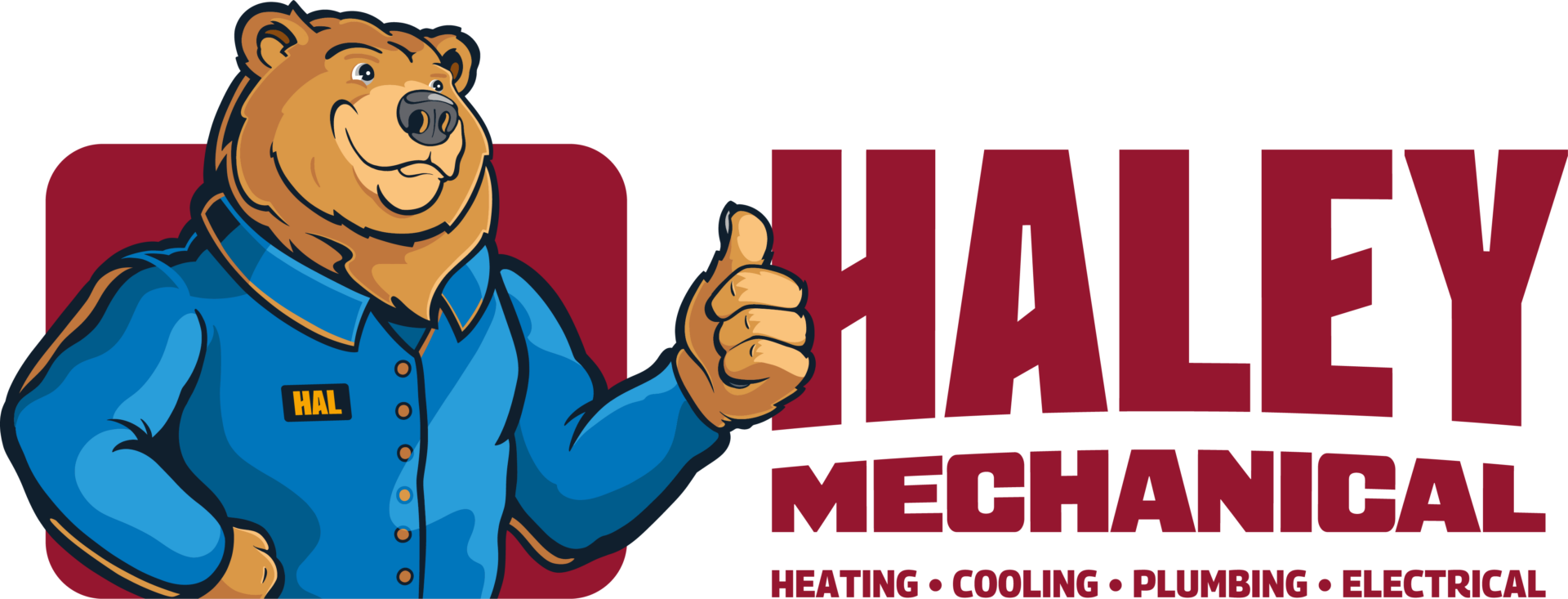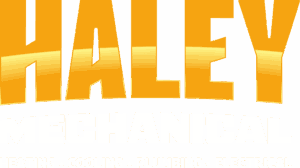Carbon monoxide (CO) is called “the silent killer.” It is an odorless, colorless gas that’s a by-product of gas combustion. CO can cause illness or death before you’re aware of its presence. Fortunately, with proper ventilation and well maintained, properly adjusted gas and wood burning appliances, the chances are good you will have little to fear from carbon monoxide.
Unfortunately, many homeowners neglect appliance maintenance, which can be fatal. According to the U.S. EPA’s James Raub, CO may cause more than half of all fatal poisonings. “Fatal cases,” claimed Raub in the journal, Toxicology, “Also are grossly under-reported or misdiagnosed by medical professionals.”
Where CO Comes From
To start, background levels of carbon monoxide are always present in the atmosphere. Some occur naturally from volcanic activity and forest fires. Automobile and industrial emissions also contribute to background levels.
In the home, carbon monoxide can come from tobacco smoke, unvented gas space heaters and appliances, an automobile, lawn mower, generator, and other small engine exhaust that enters the home. You can minimize these risks by avoiding the indoor use of unvented appliances, by leaving your garage open when your car is running (and by not leaving the engine on while the car is in the garage), by starting and stopping small gas engines outside of the garage, and by locating gas generators outside away from doors, windows, or vents. Carbon monoxide can also occur in the home when a gas appliance’s flue is improperly sized, becomes disconnected, or the flue becomes partially restricted. A bird nest in the wrong place, for example, may become deadly. Flues should be checked at the start of each heating season.
Another potential source of carbon monoxide is your home’s furnace. Heat sections should be checked each fall to ensure the heat exchanger is leak free. Additionally, properly adjusted burners not only mean more efficient operation, but less risk of carbon monoxide resulting from incomplete combustion.
Back drafting
Back drafting occurs when the pressure inside the house is less than the pressure outside the house, and the exhaust from natural drafting gas appliances is sucked back into the house. Backdrafting is more of an issue today than in the past due to tighter construction standards. A bathroom fan may be enough to create negative pressure in a tightly sealed house.
Back drafting can also result from leaking return air ductwork, wood burning fireplaces (a fire can pull several hundred cubic feet of air out of the house each minute, causing appliances to backdraft), high wind conditions that result in high pressure on the windward side of the house and low pressure on the downwind side, and so on.
You can minimize the potential for back drafting by installing modern, energy efficient gas furnaces, wood stoves, and water heaters that feature sealed combustion systems. Sealed combustion appliances draw outside air for combustion and exhaust combustion by-products outdoors. Since indoor air is not used for combustion, back drafting is not a concern.
Another option is power vented furnaces or water heaters. These products use indoor air for combustion, but use a fan to exhaust combustion by-products outside.
Everyone Recommends Annual Heating System Maintenance
There’s a reason virtually every utility, consumer groups, government agency, and consumer publication recommends annual heating system maintenance. Good maintenance can save the lives of you and your family. A heating professional should check for leaks in the heat exchanger, adjust the burners, clean and check the venting system, and
more.
A heating system combustion safety inspection and tune-up are virtually free. The adjustments that ensure you receive a clean burn also save energy. Over the course of the heating season, the energy savings can easily exceed the cost of the tune-up.
An efficient, well-maintained heating system is also an environmentally friendly system. Since you save money on utilities, tune-ups are like buying carbon credits from yourself.
There are many good reasons for getting a tune-up now and none for waiting. Delaying only delays the energy savings. Call us today.


